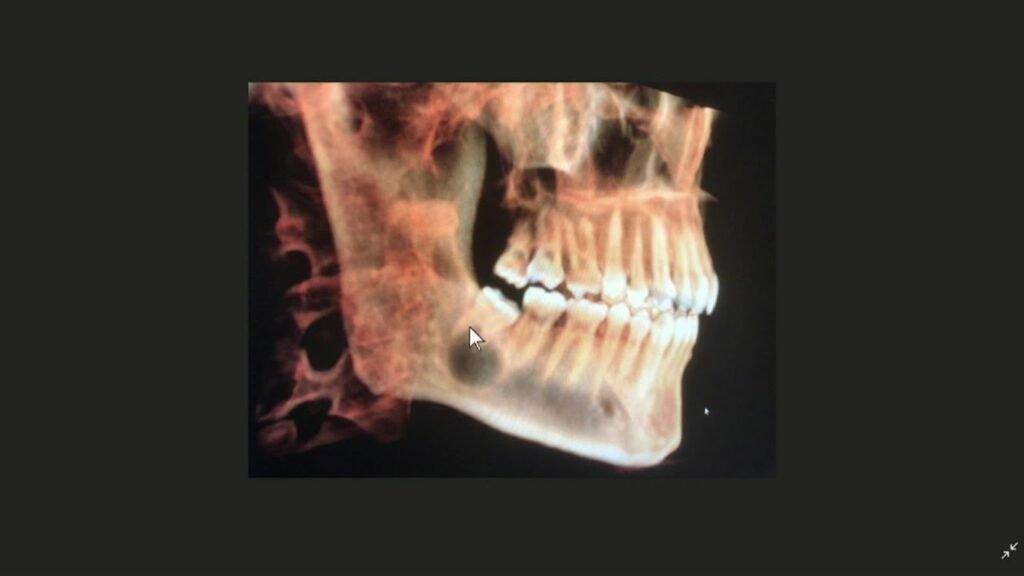Understanding X-ray Imaging for Impacted Wisdom Teeth

Are you experiencing discomfort or pain in the back of your mouth? You may have impacted wisdom teeth. X-rays are crucial in diagnosing and treating this common dental issue. In this article, we will explore what impacted wisdom teeth are, how they can be identified through X-rays, and the various treatment options available. Stay tuned to learn more about this important aspect of dental health.
How can I determine if my wisdom teeth are impacted?
If you suspect your wisdom teeth are impacted, there are several signs to look out for. One of the most common indicators is redness, drainage, and tenderness in the gums surrounding the affected area. This could be a sign of infection caused by the wisdom teeth pushing against the gums. Additionally, you may experience swelling and discomfort as the impacted teeth try to break through the surface.
Another way to determine if your wisdom teeth are impacted is through dental x-rays. These images can clearly show if one or more teeth are stuck beneath the gum line and have not fully emerged. X-rays are a crucial tool in diagnosing impacted wisdom teeth, as they provide a detailed view of the teeth and their positioning. If you are experiencing symptoms of impacted wisdom teeth, it is important to consult with a dentist who can accurately assess your oral health and recommend the appropriate treatment.
In some cases, impacted wisdom teeth may give the sensation of the tooth partially emerging and then retracting back into the gums. This can be a result of the teeth trying to break through but being unable to fully emerge. If you are experiencing this sensation along with other symptoms such as swelling and discomfort, it is important to seek professional dental care. Early detection and treatment of impacted wisdom teeth can help prevent further complications and maintain your oral health.
What is the consequence of not removing impacted wisdom teeth?
Failure to remove impacted wisdom teeth can lead to a variety of complications. These teeth are at a higher risk of infection and abscesses, which can be painful and detrimental to overall oral health. Furthermore, impacted wisdom teeth can also cause damage, decay, and disease to neighboring healthy teeth if left untreated.
It is crucial to address impacted wisdom teeth promptly to avoid potential complications. By removing these teeth, individuals can prevent infections, abscesses, and damage to surrounding teeth. Seeking timely treatment can help maintain optimal oral health and prevent further issues from arising in the future.
Can impacted wisdom teeth be left in?
Impacted wisdom teeth, if not causing any issues, can typically be left in place without the need for removal. It is important to weigh the potential risks and benefits, as the procedure itself can come with complications. Ultimately, consulting with a dental professional can help determine the best course of action for your individual situation.
Clearing Up the Confusion: X-ray Imaging for Wisdom Teeth
Are you feeling confused about the need for X-ray imaging when it comes to your wisdom teeth? Let's clear up the confusion. X-ray imaging is essential for assessing the position of your wisdom teeth and detecting any potential issues such as impaction or overcrowding. By providing a clear picture of the teeth and surrounding structures, X-rays enable dentists to make informed decisions about the best course of action for your oral health. So, next time you're unsure about the necessity of X-ray imaging for your wisdom teeth, remember that it's a crucial tool in ensuring your dental well-being.
Insight into X-ray Imaging for Impacted Wisdom Teeth
X-ray imaging provides invaluable insight into the positioning and development of impacted wisdom teeth. By utilizing this advanced technology, dental professionals can accurately assess the extent of impaction, identify potential complications, and formulate appropriate treatment plans. With clear and detailed X-ray images, dentists can effectively navigate the complex anatomy of the mouth and ensure optimal outcomes for patients undergoing wisdom teeth extraction. This non-invasive and efficient imaging technique plays a crucial role in enhancing diagnostic precision and facilitating successful surgical procedures for impacted wisdom teeth.
Demystifying X-ray Imaging for Wisdom Teeth
X-ray imaging plays a crucial role in the evaluation and treatment of wisdom teeth. By utilizing this advanced technology, dentists can accurately assess the position, size, and development of these third molars, leading to more precise treatment plans. Through demystifying the process of X-ray imaging for wisdom teeth, patients can gain a better understanding of the importance and benefits of this diagnostic tool in ensuring optimal oral health. This non-invasive procedure provides valuable insights that ultimately contribute to successful outcomes in the management of wisdom teeth-related issues.
Exploring the Benefits of X-ray Imaging for Wisdom Teeth
When it comes to assessing the positioning and development of wisdom teeth, X-ray imaging offers a multitude of benefits. Not only does it provide a clear and detailed view of the teeth and surrounding structures, but it also allows for early detection of potential issues such as impaction, crowding, and infection. This non-invasive and efficient imaging technique enables dental professionals to make informed decisions about the best course of action for their patients' oral health, ultimately leading to timely and effective treatment. Whether it's for routine monitoring or pre-surgical planning, X-ray imaging plays a crucial role in ensuring the well-being of individuals with wisdom teeth.
Overall, it is evident that x-ray imaging plays a crucial role in assessing and managing impacted wisdom teeth. By providing detailed insights into the position, size, and orientation of these teeth, x-rays enable dentists to make informed decisions regarding the best course of treatment. Whether it be extraction or monitoring, the use of x-rays ensures that patients receive the most appropriate and effective care for their impacted wisdom teeth. With advancements in technology and improved imaging techniques, the future looks promising for the diagnosis and management of impacted wisdom teeth.